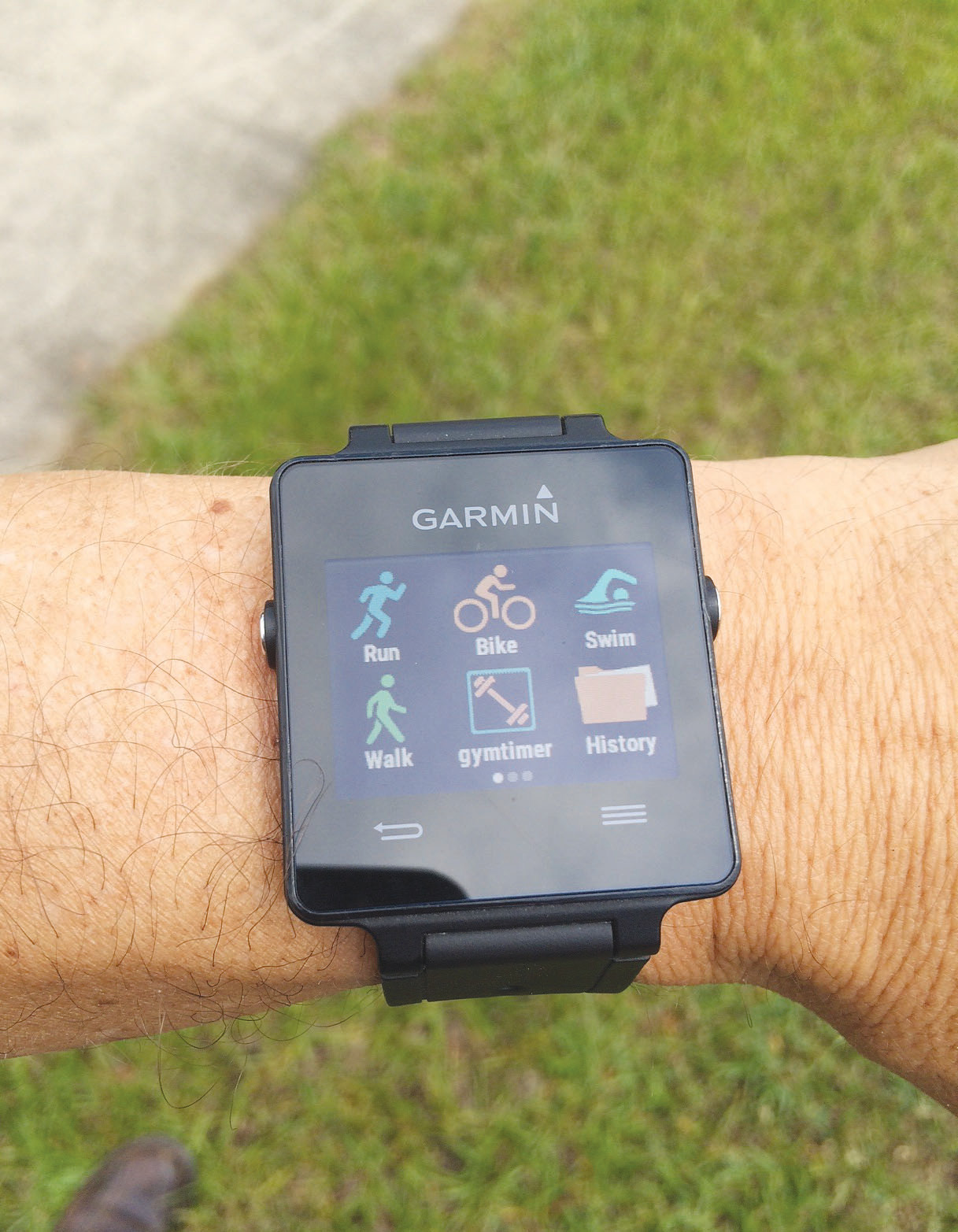Fit Life: Nine Self-Health Checks You Can Do Today
Getting engaged at the of beginning of the year remains my positive highlight of 2016 so far. However, just days before that, my soon-to-be-wife and daughter bought me a really cool fitness watch. Not only does it have a built-in GPS, it also tracks …
This item is available in full to subscribers.
Attention subscribers
To continue reading, you will need to either log in to your subscriber account, below, or purchase a new subscription.
Please log in to continueDon't have an ID?Print subscribersIf you're a print subscriber, but do not yet have an online account, click here to create one. Non-subscribersClick here to see your options for subscribing. Single day passYou also have the option of purchasing 24 hours of access, for $1.00. Click here to purchase a single day pass. |
Fit Life: Nine Self-Health Checks You Can Do Today
Getting engaged at the of beginning of the year remains my positive highlight of 2016 so far. However, just days before that, my soon-to-be-wife and daughter bought me a really cool fitness watch. Not only does it have a built-in GPS, it also tracks my steps, sleep patterns, heart rate, swim/bike/run pace, calories burned and many more activities.
I now find myself looking at my watch (or the app) every couple of hours to make sure I’m hitting my daily fitness targets. It’s addicting, but I actually enjoy doing these self-checks. It’s always true: “If it’s a concern of yours, then get it checked out.” We know ourselves the best and can tell when things don’t feel right. The following is a short list of things we can do today to keep ourselves in check, with or without a watch or app.
1. Heart rate, pressure. If you know how to find your pulse, count it for 10 seconds and multiply by 6. A normal pulse rate should be between 60-100 beats per minute. Though heart rates differ for each person due to age, size, rest and daily activity, an inconsistent high heart rate should be checked by your primary care physician. Try this too: visit a local pharmacy or grocery store and measure your blood pressure with one of those complimentary machines. After inputting some biometric information, it’ll usually give you a general idea how that heart of yours is working.
2. Waist line. Belly fat check is vital. Last year, I wrote an article on a doing a gut check and still holds true. Tight pants, overlapping belly, lower back pain, leg pain, feet pain, immobility are all possible signs you’re carrying too much at the waist.
3. Weight. Numbers don’t like, they say. Get on the scale. We can’t escape gravity and our own natural genetic makeup, but maintaining a healthy weight and acceptable Body Mass Index is one of the most important changes you can make for your health right now.
4. Stiff muscles and joints. Whether you are just waking up, or sound asleep, or in the middle of the day, aching joints and stiff muscles are an indication that something is amiss and needs recovery, repair, or a professional review with the exception of the natural age process, i.e., creaking joints.
5. Skin. We sometimes take for granted our skin when it comes to harmful ultraviolet rays. Take a quick look and feel for excessive dryness, adult acne, odd moles, blotches and/or sudden bruising. Your skin is one organ that can quickly give you an external indicator of a healthy diet of macro and micronutrients as well as a need for moisturizer or other vitamins.
6. Oral check. Gums and teeth are another first line indicator of health problems. By inspecting your own mouth for bleeding, pain or throbbing, receding gum lines, excessive yellowing, and bad breath, you can measure one level of healthy living on a daily basis.
7. Stuffy or drippy nose. Can you take a deep breath through your nose without any obstruction? Do you have clogged nasal passages? Is it allergies, or the start of a cold? A clear nose improves blood and oxygen circulation for your lungs, organs, during sleep and to simply enjoy taste.
8. Urine. Yes it’s an indicator! Color, odor, burning and stinging are affected by daily food and proper water consumption. Most of the time we are under-hydrated. The expected color should be a pale yellow (think lemonade), and a typical aromatic smell. Any long-term variation from this, or prolonged pain, should be checked out. I encourage you to drink as much water throughout the day, even when you wake up and right before sleep.
9. Sleep. Again everyone is different, but strive to get 7-9 hours of sleep each night. Stick to a nightly routine as well. Each morning when I wake-up, I look at my sleep app and get a good idea of my sleep length and pattern (awake, light sleep, deep sleep). It feels good when I hit a good solid eight hours of sleep.
If it is a real concern, you should get it checked out
After a couple days of self-checks, you begin to realize that it is quite simple to do, and over time, some issues come-and-go, while others need your attention. Whether it is a DIY or a visit to the doctor, take the time to keep yourself in check. Funny, I was going to add hair loss, memory loss, and hearing loss, then realized, at least for me, it’s a foregone conclusion anyway.
You could be next? Have a personal fitness or nutrition success story that you would like to share? Participated in a your first fitness event? Lost or losing weight? Gained some muscle or mass? Email or contact me at bernie.rom828@gmail.com. Tag/follow me on Instagram @berni3trirun. Facebook Clay Today Newspaper. Instagram @claytodaynewspaper #claytoday #claytodayfitlifeosing








